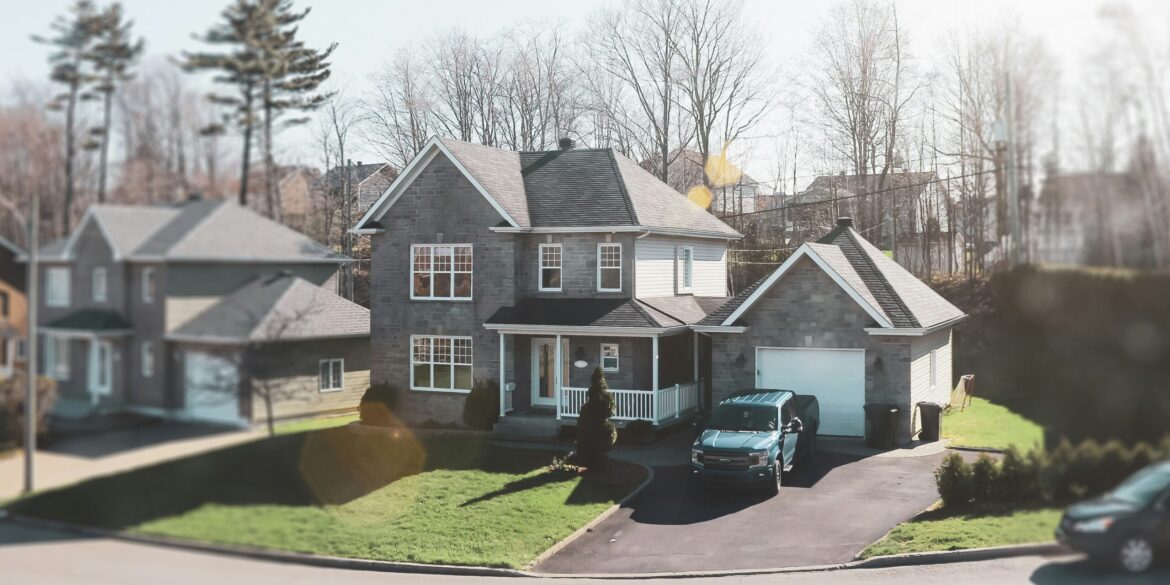The Southern California housing market in 2025 is beginning to show clear signs of stabilization after several years of rapid and often unpredictable growth. While home prices in many parts of the region remain historically high—frequently surpassing $900,000 for median values—the pace of appreciation has cooled considerably. Experts say the shift represents a much-needed transition toward a more balanced and sustainable market environment, one where both buyers and sellers are operating with a greater degree of caution and deliberation.
After the housing boom fueled by pandemic-era dynamics—such as record-low interest rates, shifting remote work patterns, and heightened competition—the current climate reflects more measured behavior. Home price increases that once soared into the double digits are now moderating. Forecasts for 2025 suggest price gains in the low single digits, typically around 2 to 4 percent annually. This change marks a significant slowdown from the frenzied bidding wars and steep escalations that defined the market from 2020 through 2022.
Part of this cooling trend can be attributed to rising mortgage rates, which have hovered in the 6 to 7 percent range for much of 2024 and into 2025. These higher borrowing costs are exerting downward pressure on affordability and prompting many prospective buyers to reassess their budgets or delay homeownership altogether. As a result, some sellers have found that listings are lingering longer on the market, and properties that would have once garnered a dozen offers now face more limited—though still competitive—interest.
At the same time, housing inventory is beginning to improve, albeit slowly. For much of the past three years, the market suffered from an acute lack of available homes. A significant driver of this shortage was the so-called “lock-in effect,” where homeowners who secured ultra-low mortgage rates during the pandemic opted not to sell, unwilling to trade a 2.5 percent loan for one nearly three times as high. However, as time passes and life events necessitate moves—such as job changes, family expansions, or retirement—more homeowners are re-entering the market, creating modest but meaningful improvements in housing supply.
This gradual uptick in inventory is giving buyers more room to negotiate, and the tone of transactions has shifted accordingly. Buyers are increasingly seeking inspections, contingencies, and price flexibility—requests that would have been dismissed outright in the more frenzied climate of previous years. Sellers, in turn, are recognizing the need to position their homes carefully. Competitive pricing, strategic staging, and minor renovations are often necessary to capture interest in a market that, while still leaning toward sellers, no longer guarantees instant offers.
Affordability remains one of the most pressing challenges in the Southern California market. Despite the slower price growth, the combination of high home values and elevated mortgage rates continues to place pressure on household budgets. Many entry-level buyers, particularly those without significant down payments or financial backing, find themselves priced out of the most desirable neighborhoods. This has led to a growing interest in suburban and inland markets, where homes are more accessible and buyers can get more space for their money. Areas in the Inland Empire, parts of northern San Diego County, and select communities in the San Gabriel Valley are experiencing increased attention as alternatives to the prohibitively expensive coastal cities.
Despite these challenges, experts say the market is not heading for a crash. Instead, the current trends suggest a normalization process. After years of dramatic highs, the region is moving toward a more tempered and healthier housing environment. Price corrections, modest inventory growth, and more realistic buyer expectations are all helping to create a market that is less volatile and more conducive to long-term planning.
For those looking to sell in 2025, the advice from professionals is clear: understand local market dynamics, price competitively, and invest in presentation. Homes that are clean, well-maintained, and appropriately priced are still moving—but the days of multiple offers within 24 hours may be behind us, at least for now. On the buyer side, success increasingly depends on preparation. Those who secure pre-approval, understand financing options, and work closely with experienced local agents are better positioned to navigate the evolving landscape and identify opportunities that may have been inaccessible just a year or two ago.
The Southern California housing market in 2025 is no longer a runaway train—it’s slowing down, finding equilibrium, and presenting a new set of challenges and opportunities for all involved. While affordability remains a serious concern, especially for first-time buyers, the return to a more balanced dynamic may ultimately prove beneficial for the long-term health and accessibility of the region’s real estate market.

